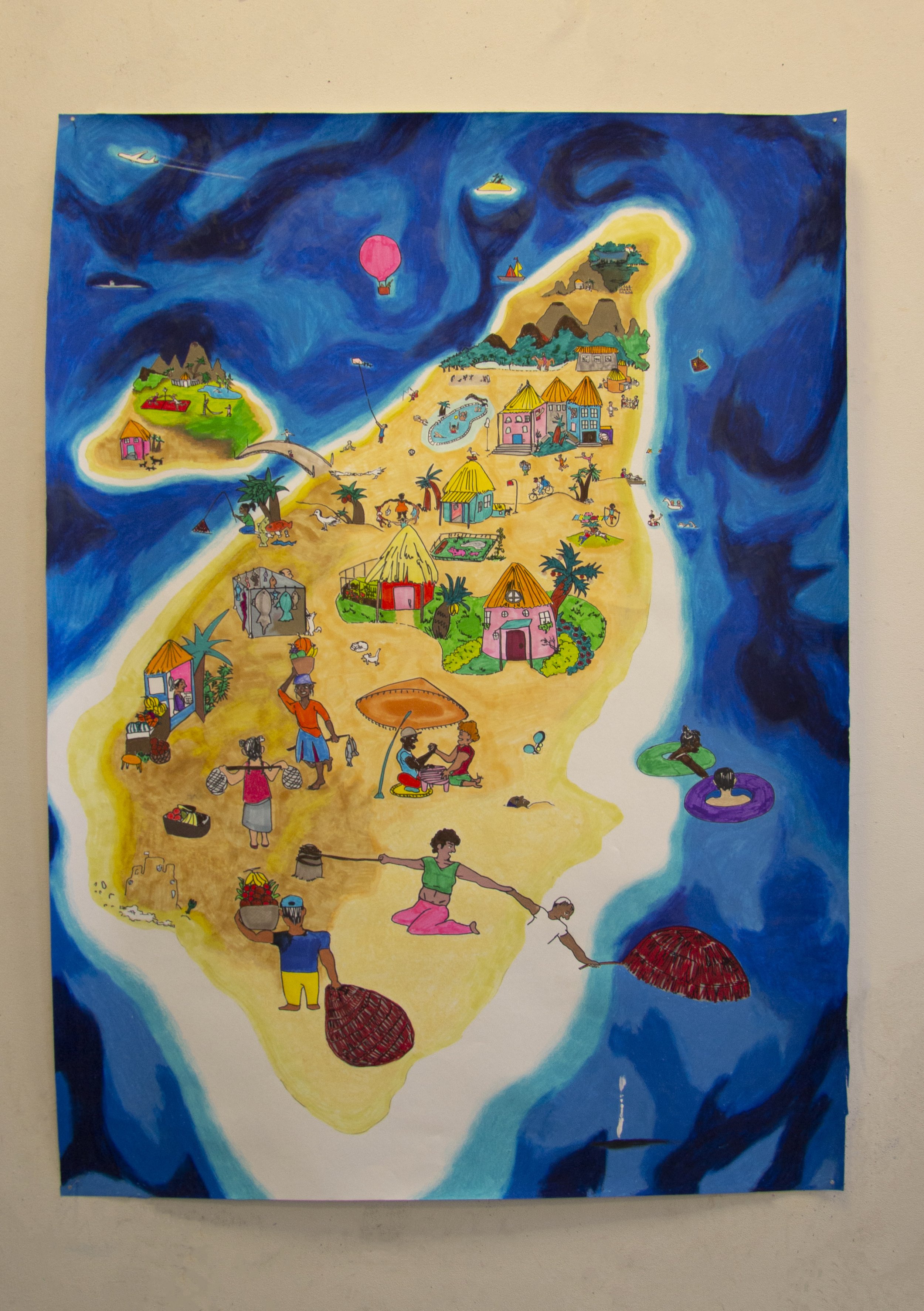
Antilia
Antilia
Antillia
Antillia was born from a deeply personal and uncomfortable truth: like many others, my childhood was shaped by a steady stream of colonial and ethnocentric narratives about Africa and Black people. These narratives were delivered through the media and educational systems that, in hindsight, should have known better.
Until the early 2000s, cartoons from Disney and Looney Tunes—filled with racist caricatures—aired across Europe without disclaimers, their harmful imagery not just normalized but celebrated. For countless children, myself included, these portrayals shaped our understanding of the world.
A striking example of this influence was a drawing I created in 2006, titled Madagascar. Submitted to a children’s art competition, it was praised for its “originality” and even won. But in reality, it was a collage of racist tropes—imagery I had unconsciously absorbed from those cartoons. What I thought was creativity was, in fact, a reflection of the colonial lens embedded in the media I consumed.
Antillia exists to challenge and dismantle these narratives, to rethink the stories. The name Antillia is a reference to a mythical island invented by Europeans in the 15th century, said to be located near the African continent, just off the coast of present-day Mauritania. This imagined land, like so many colonial myths, was a projection of European fantasies onto places and peoples they did not understand.
Antillia
Wax crayons, acrylic, pencil crayons and alcohol markers on paper
120cm x 90cm
2022















